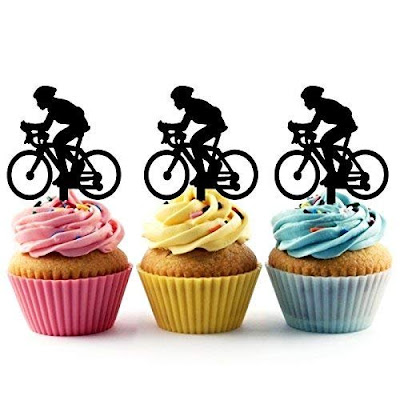Aged 12 years.
When I saw that phrase--on a bottle of Scotch whiskey--I wasn't 12 years old. I couldn't quite fathom that grown-ups drank something older than I was.
Now I am at an age when I don't think of something as having occurred 12 years ago. Now I'm more likely to round it up or down to 15 or ten years. Someone, I forget whom, told me that it happens when "you get to a certain age": According to that person, you start to see your life, and the world, "in five- or ten-year increments."
There are, of course, some things I can pinpoint in time. One of them is the subject of today's post.
Exactly twelve years ago today, this blog was born. At least, that is the day on which I wrote and published my first post. For two years before that, I'd been writing another blog, Transwoman Times, which I continued for a few years into the life of this blog and, in a way, this blog is an extension, continuation or simply a relative--I'm still not sure of which--of that one.
Now, some might say that I've reached an age when I can no longer say I'm in "mid-life." To them, I'll repeast something I've said in this blog, and elsewehere: If I don't know how long I'm going to live, I can't know whether or not I'm in the middle of my life. Given the typical and even the longest lifespans of humans, I can't plausibly say I'm at the beginning or even early in my life. But as long as I don't know where I end, I'm in the middle--just as I can't know whether a ride I take will be the last, or one of the last--or even whether it's the last time I'll take a particular ride, such as the one to Greenwich or Point Lookout.
Whether you've been reading this blog from its beginning, or found it yesterday, I thank you for taking the time to read it. And however long this blog--and I--last, I hope you're with me for the journey. We're only in the middle of it, after all!


